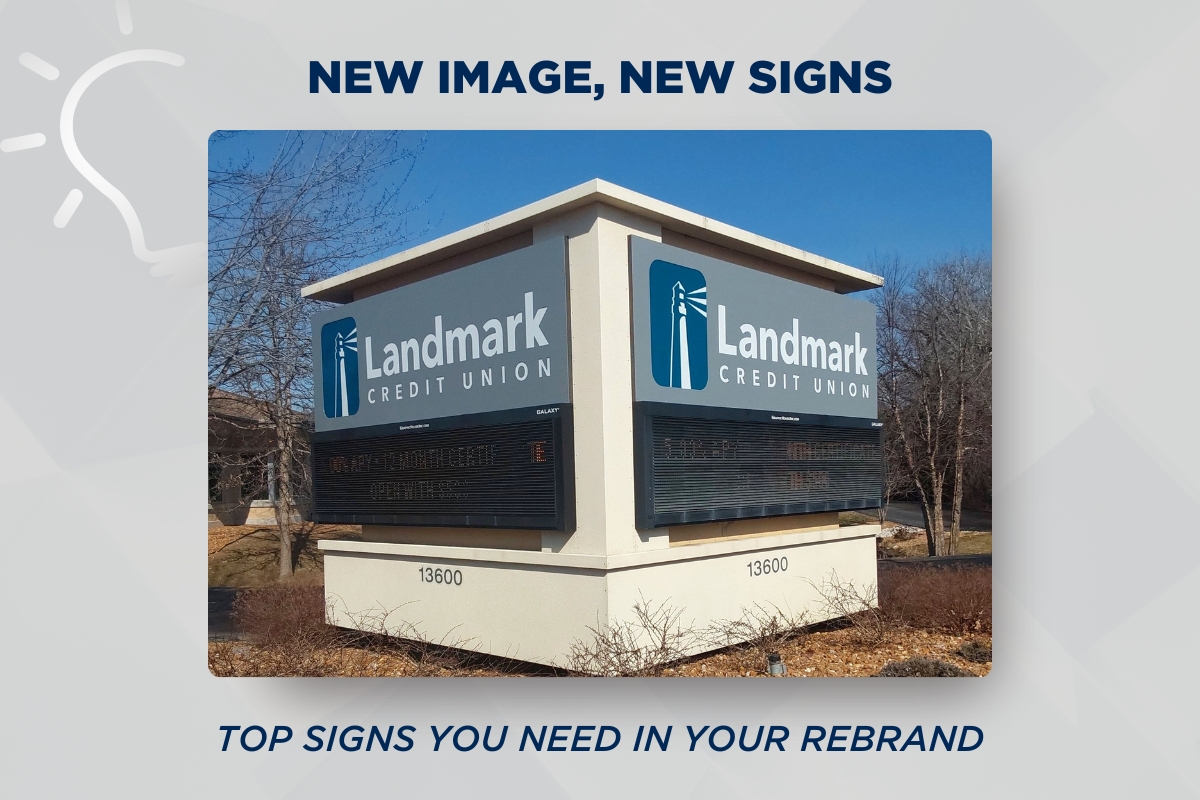Sign Design Agreements: Pitfalls to Avoid
In the world of sign design and manufacturing, the success of a project depends heavily on the clarity and effectiveness of sign design agreements. A well-crafted agreement can ensure a smooth collaboration with clients, while a poorly constructed one can lead to misunderstandings, disputes, and even legal issues. As industry experts, we understand the importance of a solid sign design agreement. Let’s talk about the pitfalls to avoid to protect your business and ensure client satisfaction.
Lack of Clear Communication
One of the most common pitfalls in sign design agreements is a lack of clear communication. Establishing open and honest communication with your clients from the start is crucial. Make sure all project expectations, timelines, and costs are clearly outlined in the agreement. Misunderstandings can easily arise when clients have different expectations, so be thorough in your explanations and documentation.
Unclear Scope of Work
The scope of work is the heart of any sign design agreement. Failing to define it clearly can lead to disputes down the road. Include details such as the type of signage, size, materials, colors, and any additional features. Be specific about what is included and what is not. If there are potential additional costs or change orders, mention them in the agreement to avoid surprises.
Neglecting Legalities and Permits
Signage projects often require compliance with local regulations and permits. Neglecting these legal aspects can result in fines and delays. Make sure your sign design agreement addresses who is responsible for obtaining permits and adhering to local codes. Documenting these responsibilities can protect your business from liability.
Vague Timelines
Setting clear timelines is essential to managing client expectations and project progress. Avoid vague terms like “as soon as possible” or “whenever it’s done.” Specify the start and end dates of the project, including milestones for design, production, and installation. This will help prevent delays and frustrations.
Payment Issues
Payment disputes can be a significant headache for sign companies. Clearly outline payment terms in your agreement, including deposit amounts, payment schedules, and accepted payment methods. Specify what happens in case of late payments or non-payment, and consider including a clause for interest on overdue payments.
Neglecting Design Approval Process
Failure to establish a clear design approval process can lead to endless revisions and delays. Include a provision in your agreement that outlines the number of design revisions allowed and the process for client approval. This ensures that you and your client are on the same page throughout the design phase.
Sign Design Agreements Skipping a Warranty and Maintenance Agreement
Once the sign is installed, it must address warranty and maintenance. Include details about the warranty period and what it covers. Additionally, discuss ongoing maintenance requirements and costs. Having this information in writing can prevent disputes regarding post-installation issues.
Crafting a robust sign design agreement is crucial for the success of any sign project. By avoiding the pitfalls mentioned above, sign companies can protect their interests, maintain positive client relationships, and ensure the smooth execution of every signage project. Clear communication, comprehensive scope of work, attention to legalities, and proper documentation are key to a successful sign design agreement.
Looking for a Sign Design Agreement service with no strings attached? Be sure to check out Innovative Signs.








